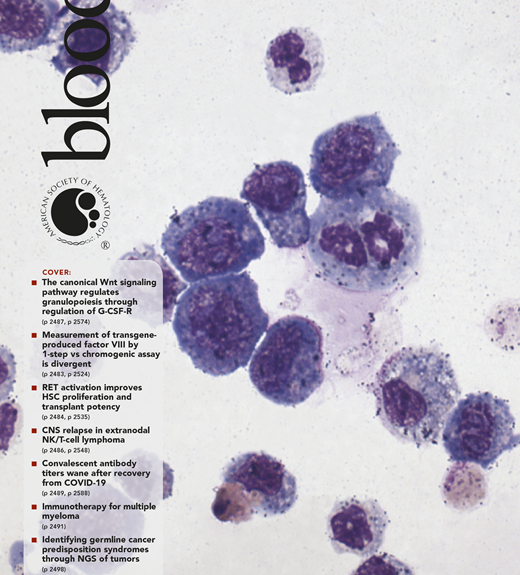PROJECT OVERVIEW
In this study of human haematopoietic stem cells (HSCs) from umbilical cord blood we demonstrated that:
- Cell surface expression and activity of the receptor tyrosine kinase, RET, is enriched in HSCs.
- Activation of RET by glial-derived neurotrophic factors and their co-receptors improve long-term HSC outgrowth in vitro and transplantation in vivo.
PROJECT DETAILS
- Research Name Activation of the receptor tyrosine kinase RET improves long-term hematopoietic stem cell outgrowth and potency
- Journal Blood
- Year 2020
- Link https://ashpublications.org/blood/article/136/22/2535/461200/Activation-of-the-receptor-tyrosine-kinase-RET

Abstract
Expansion of human hematopoietic stem cells (HSCs) is a rapidly advancing field showing great promise for clinical applications. Recent evidence has implicated the nervous system and glial family ligands (GFLs) as potential drivers of hematopoietic survival and self-renewal in the bone marrow niche; how to apply this process to HSC maintenance and expansion has yet to be explored. We show a role for the GFL receptor, RET, at the cell surface of HSCs in mediating sustained cellular growth, resistance to stress, and improved cell survival throughout in vitro expansion. HSCs treated with the key RET ligand/coreceptor complex, glial-derived neurotrophic factor and its coreceptor, exhibit improved progenitor function at primary transplantation and improved long-term HSC function at secondary transplantation. Finally, we show that RET drives a multifaceted intracellular signaling pathway, including key signaling intermediates protein kinase B, extracellular signal-regulated kinase 1/2, NF-κB, and p53, responsible for a wide range of cellular and genetic responses that improve cell growth and survival under culture conditions.